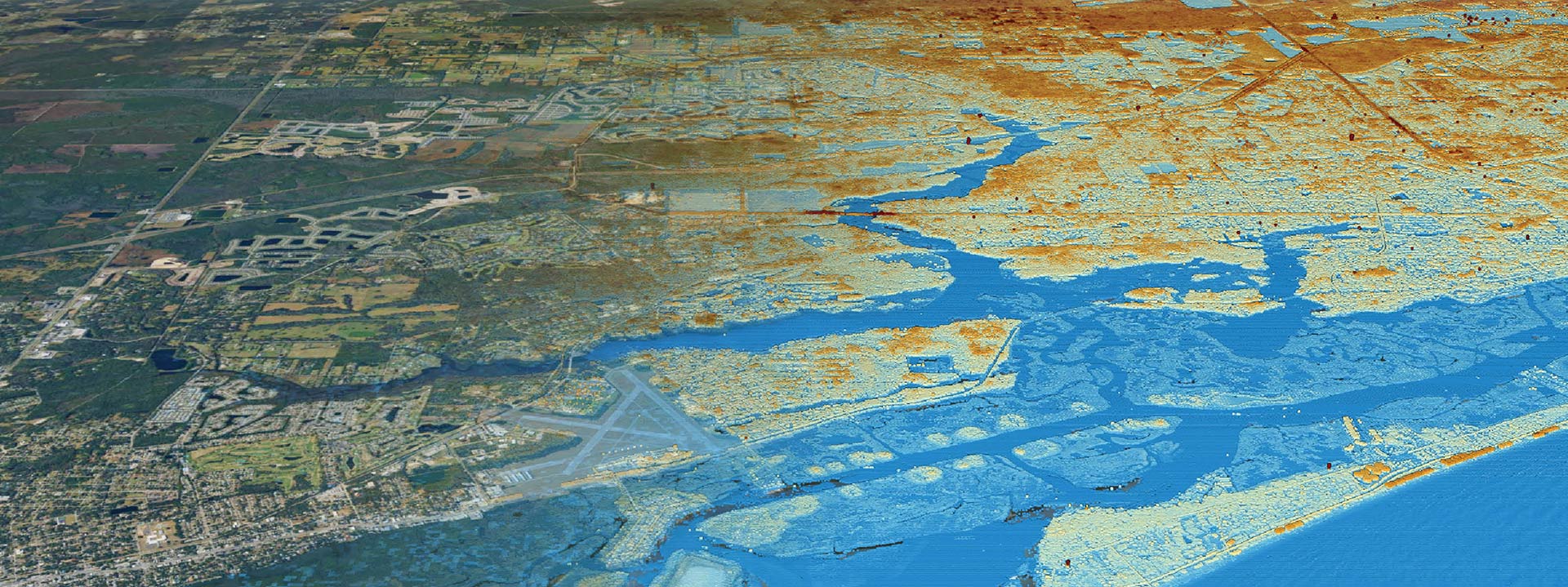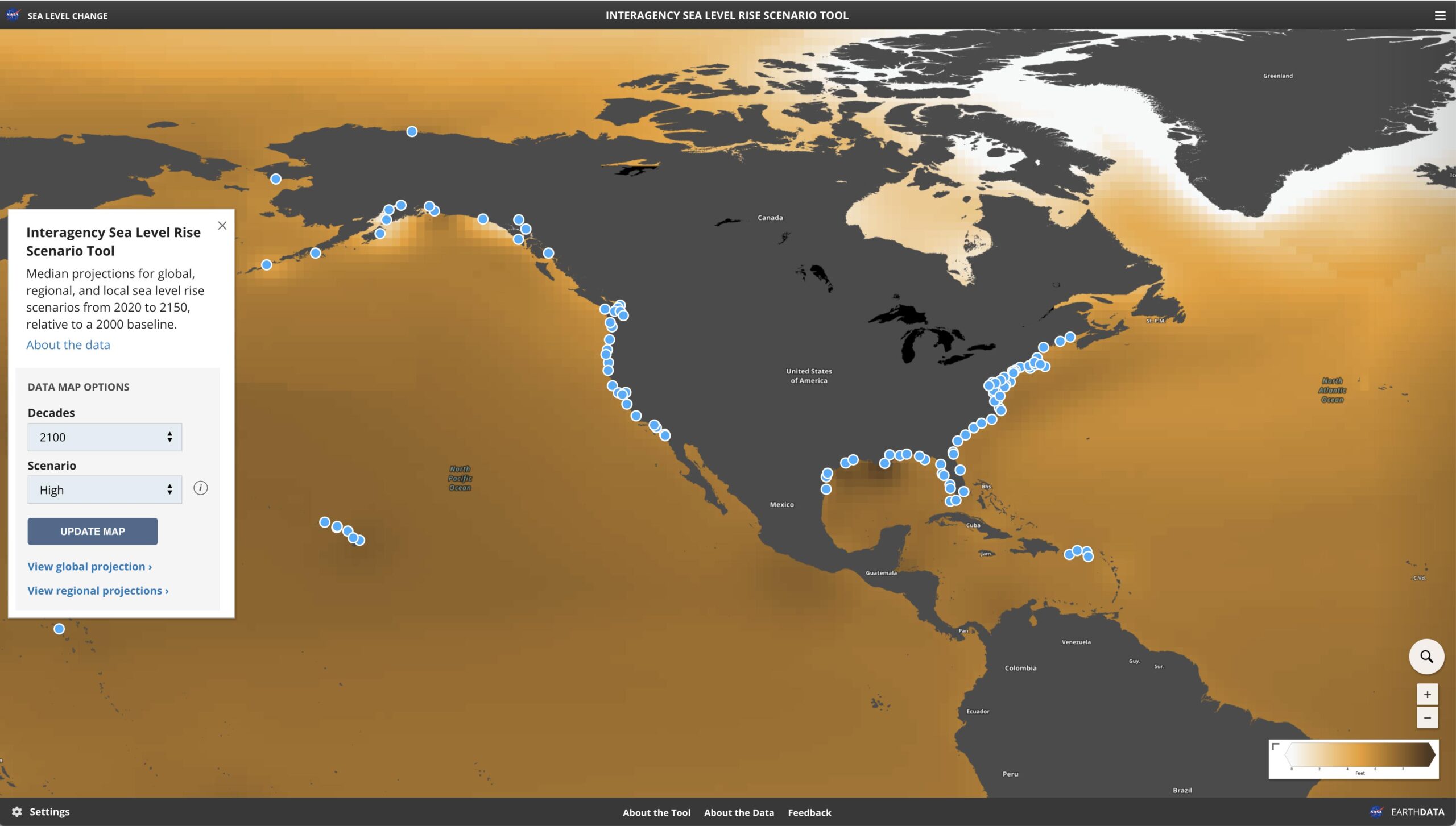20 ways GIS is used in everyday life
Geographic Information Systems (GIS) have become integral to modern life, with various applications in business and everyday life. From mapping and navigation to urban planning and disaster management, GIS technology has revolutionized how we use and understand spatial data. Here are 20 ways GIS is used in business and everyday life:
- Real Estate: GIS data helps the real estate industry analyze demographic data, such as population growth and age distribution, to forecast future property demands.
- Retail: Retailers use GIS data to analyze consumer behavior and demographic trends, helping them optimize product placement, store location, and marketing strategies.
- Public Health: GIS technology plays a crucial role in public health research by tracking the spread of diseases and identifying at-risk populations.
- Energy: GIS data is used to optimize energy production and distribution by analyzing weather patterns, power demand, and energy infrastructure.
- Mining: GIS technology helps mining companies identify potential sites for mineral exploration and track the movement of resources.
- Insurance: Insurance companies use GIS data to evaluate risks, assess damages, and make informed decisions about claims.
- Wildlife Conservation: GIS technology helps wildlife conservationists track animal populations, monitor habitats, and identify threats to ecosystems.
- Tourism: GIS data is used to analyze tourist behavior, identify popular destinations, and plan infrastructure to support tourism.
- Air Quality Management: GIS technology helps manage air pollution by tracking emissions, identifying hotspots, and modeling the impact of proposed changes.
- Emergency Response: GIS data plays a vital role in emergency response by providing real-time information about the location of incidents, hazards, and resources.
- Archaeology: GIS technology helps archaeologists map and analyze historical sites, identify potential excavation sites, and study changes to the landscape over time.
- Water Management: GIS data is used to monitor and manage water resources, track water quality, and plan for future water demands.
- Forestry: GIS technology helps manage forests by tracking the health of trees, identifying risks, and predicting potential threats such as wildfires.
- Urban Design: GIS data is used to plan and design urban spaces, including transportation networks, green spaces, and public amenities.
- Sports: GIS technology helps sports teams and event organizers plan logistics, analyze performance data, and identify optimal training locations.
- Aviation: GIS data is used in aviation to track flight paths, analyze weather patterns, and plan infrastructure such as runways and airports.
- Fisheries: GIS technology helps manage fisheries by tracking fish populations, monitoring fishing activities, and identifying potential threats to aquatic ecosystems.
- Water Sports: GIS data is used in water sports such as surfing, sailing, and kayaking to identify optimal locations and track weather patterns.
- Education: GIS technology is increasingly used in education to teach students about geography, mapping, and data analysis.
- Landscaping: GIS data is used in landscaping to analyze soil, sunlight exposure, and water availability, helping to design optimal outdoor spaces.



